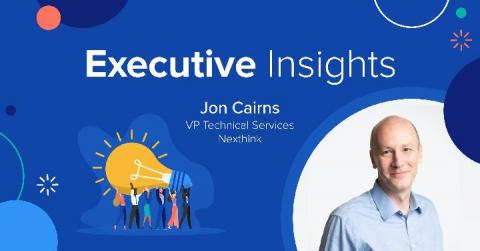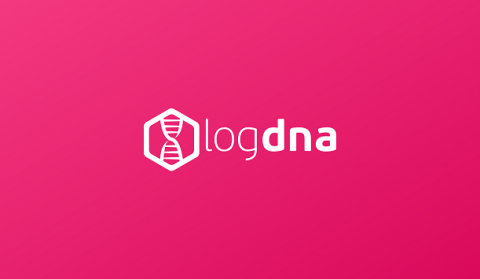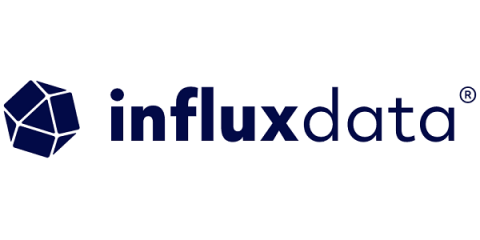IT's Lifeline - Digital Experience Management for Modern Work
As odd as it might sound, I think these past few months have done a lot of good for IT, and following the recent news from Nexthink last week, I actually feel optimistic for many enterprises out there that might be struggling. Hear me out. Right now, there are millions of people working in new, flexible work environments that didn’t even exist six months ago.











